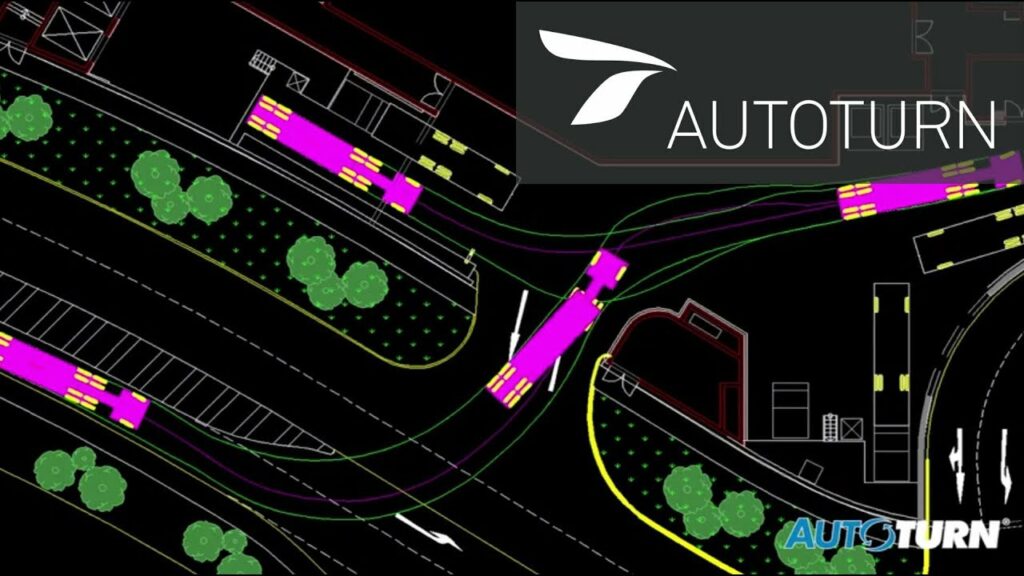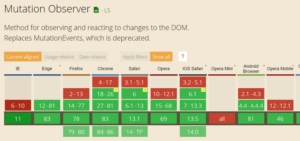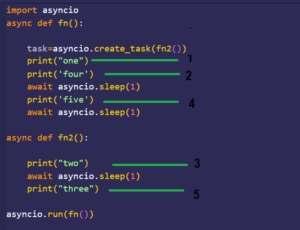Mastering Vehicle Swept Path Analysis with AutoTURN: A Comprehensive Guide

Introduction: Vehicle swept path analysis plays a critical role in urban planning, infrastructure design, and transportation engineering by assessing the maneuverability and safety of vehicles within roadway networks, parking lots, and construction sites. AutoTURN, developed by Transoft Solutions, is a leading software tool designed to assist engineers, architects, and planners in performing vehicle swept path analysis with precision and efficiency. By leveraging AutoTURN’s advanced simulation capabilities, users can analyze vehicle turning movements, assess design constraints, and optimize site layouts to accommodate various types of vehicles and ensure compliance with industry standards and regulations. In this comprehensive guide, we will explore the principles, methodologies, and best practices of using AutoTURN for vehicle swept path analysis, empowering professionals to design safer and more efficient transportation systems.
Section 1: Introduction to AutoTURN
1.1 Overview of Vehicle Swept Path Analysis: Vehicle swept path analysis is a process of evaluating the path traveled by a vehicle as it maneuvers through a specified area, such as intersections, roundabouts, driveways, and parking lots. Swept path analysis helps designers and engineers assess the adequacy of roadway geometries, turning radii, and clearances to accommodate vehicle movements safely and efficiently.
1.2 Introduction to AutoTURN: AutoTURN is a comprehensive software solution developed by Transoft Solutions for performing vehicle swept path analysis in transportation and site design projects. It offers a range of tools and features for simulating vehicle turning movements, analyzing design scenarios, and optimizing site layouts to meet project requirements and design standards.
Section 2: Key Features and Capabilities of AutoTURN
2.1 Intuitive User Interface: Explore the user-friendly interface of AutoTURN, including the main workspace, toolbar, object library, and simulation settings. Learn how to navigate the software, access modeling tools, and customize simulation parameters to simulate vehicle movements accurately and efficiently.
2.2 Extensive Vehicle Libraries: Access AutoTURN’s extensive library of vehicle types, including passenger cars, trucks, buses, emergency vehicles, and specialized vehicles. Choose from a wide range of vehicle templates, dimensions, and turning radii to accurately represent different vehicle types and configurations in swept path analysis simulations.
2.3 Customization and Configuration: Customize vehicle parameters, steering characteristics, and maneuvering constraints in AutoTURN to simulate specific vehicle configurations and operating conditions. Adjust wheelbases, axle tracks, turning radii, and driver behaviors to match real-world vehicle characteristics and driver preferences for accurate swept path analysis.
2.4 Design Scenario Simulation: Simulate design scenarios and vehicle maneuvers in AutoTURN to assess the feasibility, safety, and efficiency of roadway designs, intersection layouts, and site plans. Analyze turning radii, clearance requirements, sight distances, and vehicle paths to identify design constraints and optimize geometric layouts for improved vehicle access and circulation.
Section 3: Performing Swept Path Analysis in AutoTURN
3.1 Model Setup and Vehicle Placement: Start by setting up the swept path analysis model in AutoTURN by defining the roadway geometry, vehicle paths, and design constraints. Import CAD drawings, site plans, or roadway alignments into AutoTURN and position vehicles within the model to simulate turning movements, parking maneuvers, or vehicle trajectories accurately.
3.2 Maneuver Simulation and Analysis: Simulate vehicle maneuvers and turning movements in AutoTURN to assess vehicle paths, turning radii, and clearance requirements within the design area. Use AutoTURN’s simulation tools to analyze vehicle paths, check for conflicts, and visualize swept areas to identify potential design issues and improve geometric layouts.
3.3 Design Optimization and Iteration: Optimize roadway designs, intersection layouts, and site plans in AutoTURN based on simulation results and analysis findings. Adjust roadway alignments, curb radii, lane widths, and parking configurations to accommodate vehicle movements safely and efficiently while minimizing design constraints and maximizing available space.
3.4 Conflict Detection and Clearance Analysis: Perform conflict detection and clearance analysis in AutoTURN to identify potential conflicts, collisions, or obstructions between vehicles and surrounding objects. Evaluate sight lines, sight triangles, and sight distances to ensure adequate visibility and clearance for safe vehicle operations within the design area.
Section 4: Advanced Analysis Techniques and Applications
4.1 Swept Path Planning and Site Design: Use AutoTURN for swept path planning and site design to optimize vehicle access, circulation, and parking layouts in various development projects. Design efficient vehicle routes, loading areas, and parking facilities to accommodate vehicle movements and maximize site utilization while adhering to zoning regulations and design standards.
4.2 Emergency Vehicle Access and Fire Truck Analysis: Analyze emergency vehicle access and fire truck movements using AutoTURN to ensure that fire departments and emergency responders can access buildings and facilities safely and efficiently. Simulate fire truck turning radii, maneuvering constraints, and clearance requirements to design fire lanes, access roads, and emergency vehicle access points for effective emergency response planning.
4.3 Public Transit and Bus Route Planning: Plan public transit routes, bus stops, and transit facilities using AutoTURN to optimize bus movements and passenger access within urban environments. Simulate bus turning movements, passenger boarding areas, and transit station layouts to improve public transit accessibility, efficiency, and reliability for commuters and travelers.
Section 5: Best Practices for Swept Path Analysis in AutoTURN
5.1 Data Accuracy and Model Validation: Ensure data accuracy and model validation in AutoTURN by using accurate vehicle dimensions, turning radii, and simulation parameters. Validate simulation results through comparison with field measurements, observed vehicle movements, or empirical data to verify model accuracy and reliability for design decision-making.
5.2 Collaboration and Stakeholder Engagement: Foster collaboration and stakeholder engagement in swept path analysis projects by involving project stakeholders, transportation agencies, and community members in the modeling process. Communicate simulation results, design recommendations, and analysis findings effectively through presentations, reports, and interactive visualization tools to facilitate consensus-building, decision-making, and public outreach efforts.
5.3 Continuous Improvement and Innovation: Embrace a culture of continuous improvement and innovation in swept path analysis practices, methodologies, and technologies to address emerging challenges and opportunities in transportation engineering. Stay abreast of industry trends, technological advancements, and regulatory changes to incorporate new ideas, techniques, and solutions into swept path analysis projects and achieve sustainable outcomes in transportation planning and design.
Conclusion: Performing vehicle swept path analysis in AutoTURN offers engineers, planners, and designers a powerful toolset for evaluating vehicle movements, optimizing geometric layouts, and enhancing transportation infrastructure design. By mastering the principles, methodologies, and best practices outlined in this guide, users can leverage AutoTURN’s advanced features and capabilities to design safer, more efficient, and more accessible transportation systems that meet the needs of communities and promote sustainable mobility. With proper training, collaboration, and adherence to industry standards, AutoTURN empowers professionals to perform accurate and reliable swept path analysis and achieve positive outcomes in transportation planning, design, and operations.




